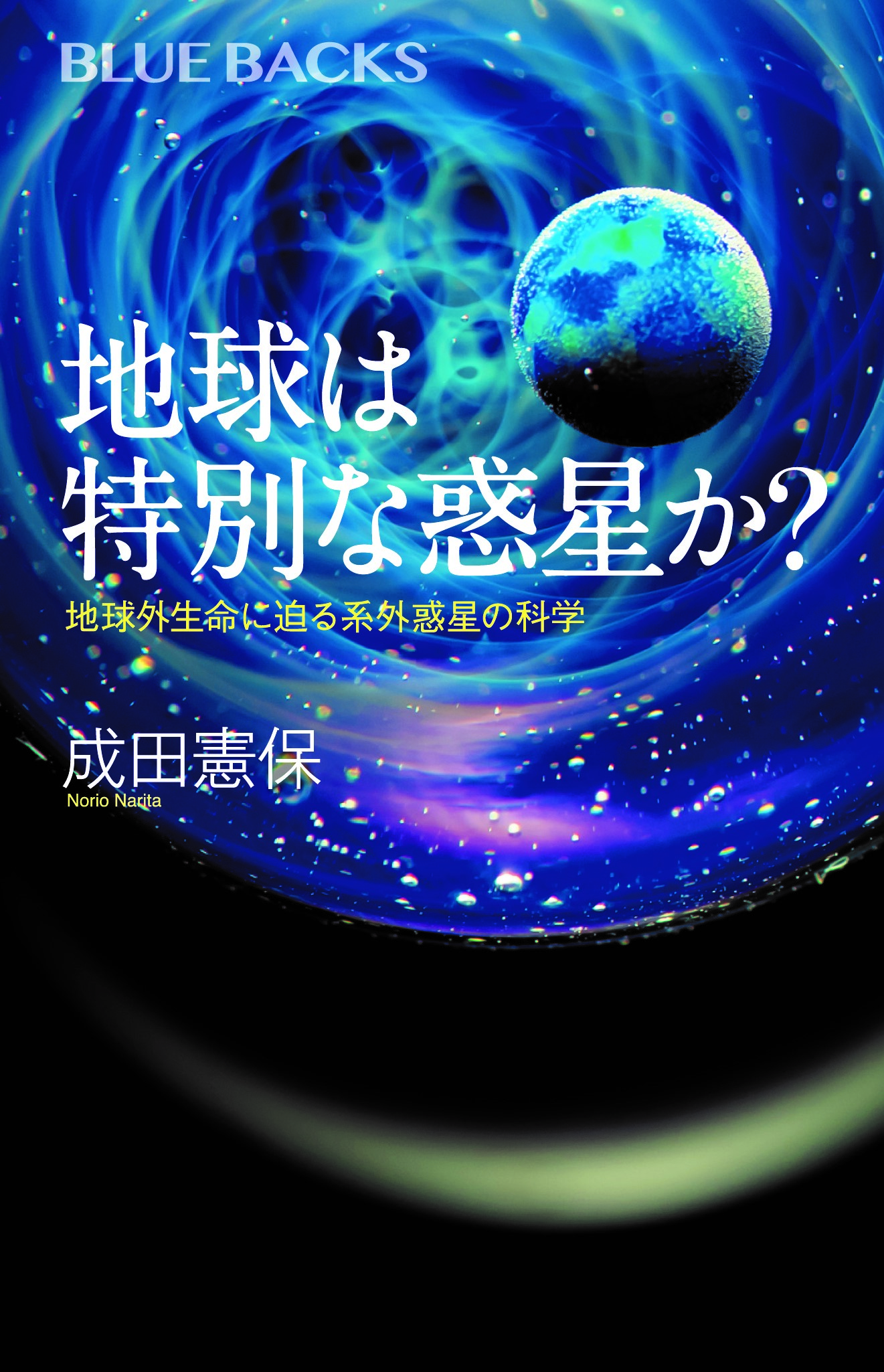
Title
Kodansha Bluebacks series Chikyū wa tokubetsu na wakusei ka? (Is the Earth a Special Planet? - Exoplanetary Science Approaching toward Extraterrestrial Life)
Size
288 pages
Language
Japanese
Released
March 18, 2020
ISBN
978-4-06-518733-3
Published by
Kodansha
Book Info
See Book Availability at Library
Japanese Page
In the great expanse of the universe, is Earth alone in having life? Or is the universe actually teeming with life? Have you had such thoughts when you gaze up at the stars in the night sky? In the not-so-distant future, the study of exoplanets (planets orbiting stars other than the Sun) may be able to answer such fundamental questions.
The first exoplanet was discovered in 1995. And I learned about exoplanet research in 2001 when I was in my third year at the University of Tokyo studying physics. I started working on exoplanet research for my graduation work in physics in 2002, and have been working in this field ever since, seeing the progress being made in this research with my own eyes.
When I first entered the field, only a few dozen exoplanets had been discovered, all of them are giant planets. Now, nearly 20 years later, we know of more than 4,000 exoplanets, many of them about the same size as our Earth. Astronomers have also discovered possibly inhabitable exoplanets that are at just the right distance from their host stars and may be able to hold liquid water on their surfaces, just like Earth. Hereafter we will not only be searching for planets that may be able to foster life, we will be expanding our research to make thorough studies of the characteristics of the planets that have been discovered so far and undertake research in astrobiology, an interdisciplinary field concerned with the possibilities of life in the universe.
This book has been written with students and the general public in mind, primarily to provide an outlook on what research has been done so far, what we know about exoplanets as of 2019, and what research is expected to be carried out in the 2020s and beyond.
Part I, chapters 1 through 3, discusses our solar system and the history of exoplanet exploration to date. Part II, chapters 4 through 6, cover the main methods of discovering exoplanets, what planets have been discovered so far, and what we have learned from them. Finally, in Part III, chapters 7 through 9, we explain how detailed studies are being made of the plants discovered so far and look to the kinds of research that will be carried out hereafter.
We have omitted all formulas from this book to ensure that it will not be too difficult for a general readership. Still, we have gone into a considerable amount of detail so that this book can be used as a general guide to the Earth’s place in the universe as well as an introductory text to the field for aspiring students.
I entered university at a time when exoplanet research was still in its infancy. I have therefore had the good fortune as a student to be at the forefront as progress was being made in observation technology and our understanding of exoplanets gradually expanded. But exoplanet research is certain to become even more exciting and the leaders will be those who are students today. I hope this book will serve as a good introduction for all of you.
(Written by NARITA Norio, Professor, Graduate School of Arts and Sciences / 2020)
Related Info
SCIENCE View: Special Episode: Life Beyond Earth - The Search for Habitable Worlds in the Universe (NHK World Jan. 6th, 2021)
https://www3.nhk.or.jp/nhkworld/en/tv/scienceview/20210106/2015249/



 Find a book
Find a book

